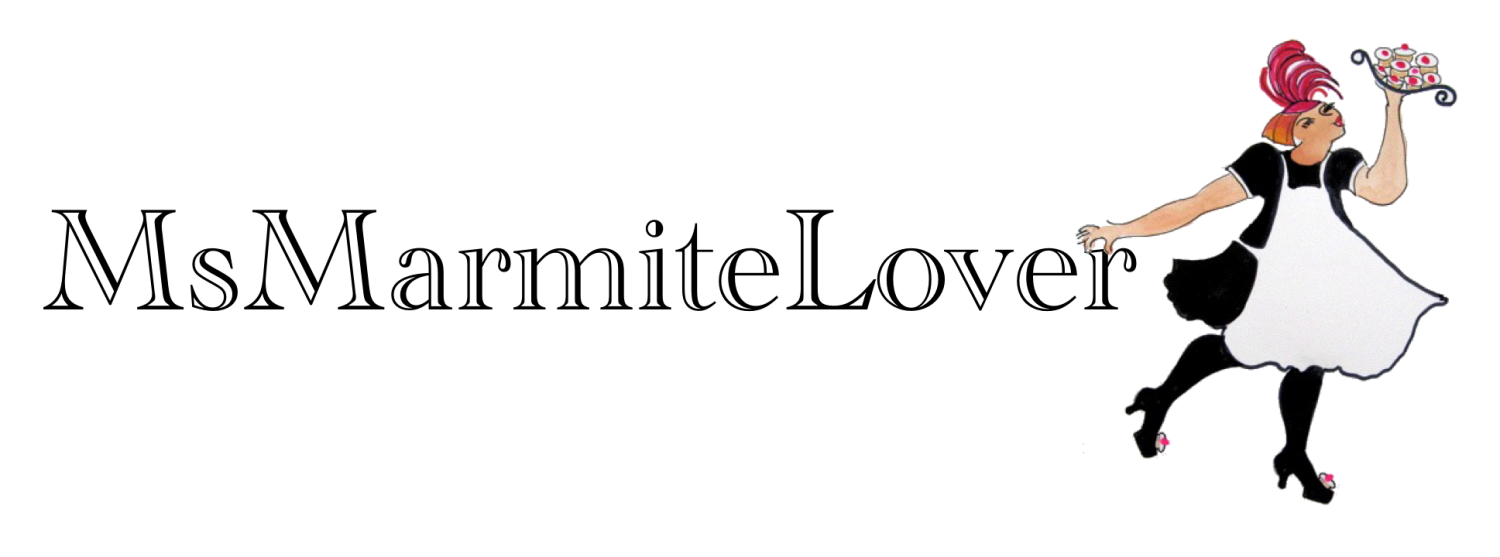Which salt is your cooking worth?
Judicious seasoning has always been essential in cooking, but there’s much more to salt than a fine white powder. Do you use different salts for different purposes?
 Four very different salts: left to right, Hawaiian Black Lava salt, common table salt, smoked salt and Maldon salt. Photograph: Kerstin Rodgers
Four very different salts: left to right, Hawaiian Black Lava salt, common table salt, smoked salt and Maldon salt. Photograph: Kerstin Rodgers
Often these days guilt and anxiety wrestle with taste and pleasure in our minds as we hesitantly reach for the salt. The value of salt to humankind throughout history is well known – the word “salary” derives from salt – but recent governments, backed by medical professionals and given a platform by headline-hungry media, have taken to warning us off it with regularity. It is the case that many food manufacturers have added salt to excess in the production of, say, ready meals and sauces, but as with so many foods, we shouldn’t be scared of salt; it’s a case of using it responsibly.
It’s worth remembering that despite all the clamour and confusionsodium is an essential mineral (the recommended daily intake for an adult is 1.6g). Sea salt is also a good natural source of iodine, a deficiency in which can lead to goiters, once relatively common (especially among females) in parts of the Alps and certain regions of Britain, giving rise to the folk name Derbyshire Neck. And, as American food writer Jeffrey Steingarten puts it: “after dinner, our bodies eliminate the salt we don’t need. That is why God gave us kidneys”. He quotes the Harvard Medical School on the 1988 Intersalt study, which says: “It seems unlikely that salt intake is a major influence on the development of hypertension in most of the world’s populations”.
It’s worth remembering that despite all the clamour and confusionsodium is an essential mineral (the recommended daily intake for an adult is 1.6g). Sea salt is also a good natural source of iodine, a deficiency in which can lead to goiters, once relatively common (especially among females) in parts of the Alps and certain regions of Britain, giving rise to the folk name Derbyshire Neck. And, as American food writer Jeffrey Steingarten puts it: “after dinner, our bodies eliminate the salt we don’t need. That is why God gave us kidneys”. He quotes the Harvard Medical School on the 1988 Intersalt study, which says: “It seems unlikely that salt intake is a major influence on the development of hypertension in most of the world’s populations”.
The white stuff, the “charlie” of condiments, is nonetheless addictive – I sometimes just eat it on its own. Smoked salt is going to be one of 2011’s food trends according to a recent report from Waitrose, who, we should also note, have commissioned Heston Blumenthal to create several gourmet salts, including rose and coriander, vanilla, and smoked.
Continue reading here…
- Sous Chef stocks many interesting salts.




What are the different types of salt for? I recently bought Heston's sea salt with corriander and rose from Waitrose and just keep adding it to everything I'm cooking because I have no idea what to do with it!
Cooooooool you're on the Guardian! Look at you go! 🙂 Interesting article…never thought too much about salt but now I will – and that fish recipe sounds worth a try! xxx
About time your writing talents have been recognised! Great stuff
I use Heston's coriander and rose to sprinkle over Eastern dips like baba ganoush, tahini/hummus, tzaziki.
CC: it's also an easy inexpensive way to impress your guests!
Thanks Chumbles!
Salt is wonderful stuff – we have a whole cupboardful of different salts. Mostly use grey salt from Brittany for cooking as this is meant to be the most nutritious with loads of trace elements. In cakes or sprinkling over eggs I use Himalayan pink rock salt. Cornish sea salt in my bread. Ordinary sea salt in pasta water. Maldon and fleur de sel I use occasionally. But I do use salt sparingly – a little goes a very long way.
You learn something new every day. love the artical great to see you in the guardian.